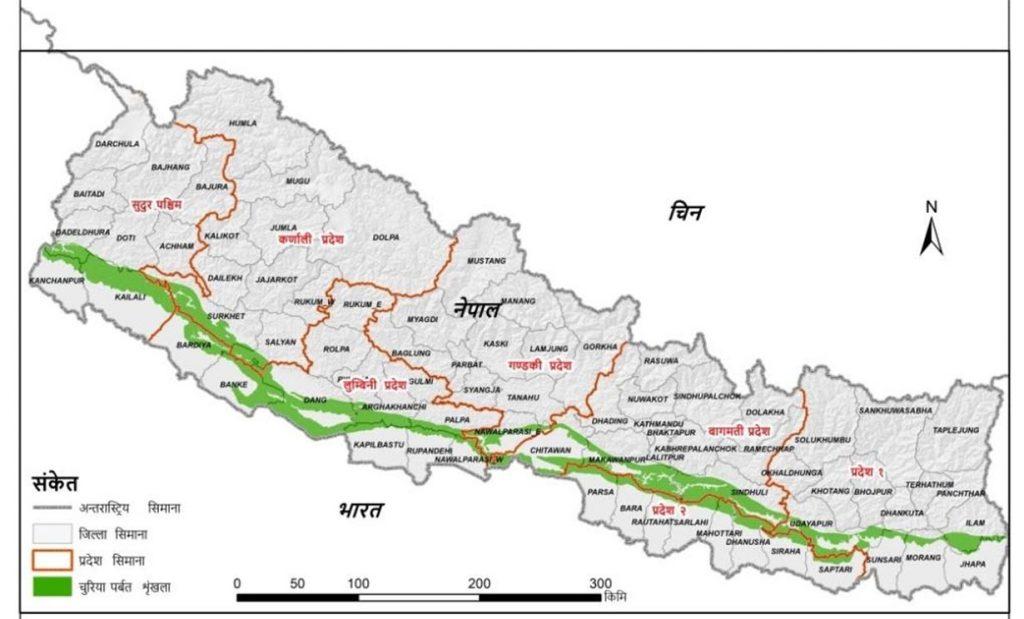By Sandeep Chaudhary
NEPSE Analysis: Bearish Reversal at Key Fibonacci Levels

Interpretation with Fibonacci Levels
Resistance at 23.6% Level (2102): Today's high of 2100 closely approached the 23.6% Fibonacci retracement level at 2102 but did not surpass it, indicating strong resistance around this area. The inability to break through this level suggests that the market may face continued selling pressure near this resistance point.
Retracement to 61.8% Level (2024): The current price action shows a potential retracement towards the 61.8% Fibonacci level at 2024. This level often acts as a significant support in an uptrend. If the index finds support here, it may attempt to resume its upward movement.
Today's Candle Pattern: The red candle with a long upper shadow and a small body near the resistance level suggests a potential bearish reversal, as indicated earlier by the shooting star pattern. This is reinforced by the failure to break the 23.6% Fibonacci level.
Volume Confirmation: The high trading volume today adds strength to the bearish signal, indicating strong participation in the market's downward movement.
Market Implications
Bearish Sentiment: Today's price action and the shooting star pattern near a significant Fibonacci resistance level suggest a bearish sentiment in the market. If the next trading session confirms this pattern with a lower close, it may indicate the start of a short-term downtrend.
Support Levels to Watch:
61.8% Fibonacci Level (2024): This level is crucial for determining if the market will find support and potentially reverse upward.
Psychological Level (2050): This round number might also act as a minor support level.
Risk Management: Traders holding long positions should consider tightening stop-loss orders to manage potential losses. Conversely, those looking to enter short positions might find opportunities if the next trading session confirms the bearish reversal.
Potential for Rebound: If the market finds strong support at the 61.8% Fibonacci level (2024) and reverses, it could attempt to retest the 23.6% level (2102) and potentially break higher.
Conclusion
The current analysis, incorporating Fibonacci retracement levels and today's candlestick pattern, indicates a bearish outlook with a potential retracement towards the 61.8% level (2024). It is crucial to monitor the next trading sessions for confirmation of this trend and observe key support and resistance levels for potential trading opportunities.









